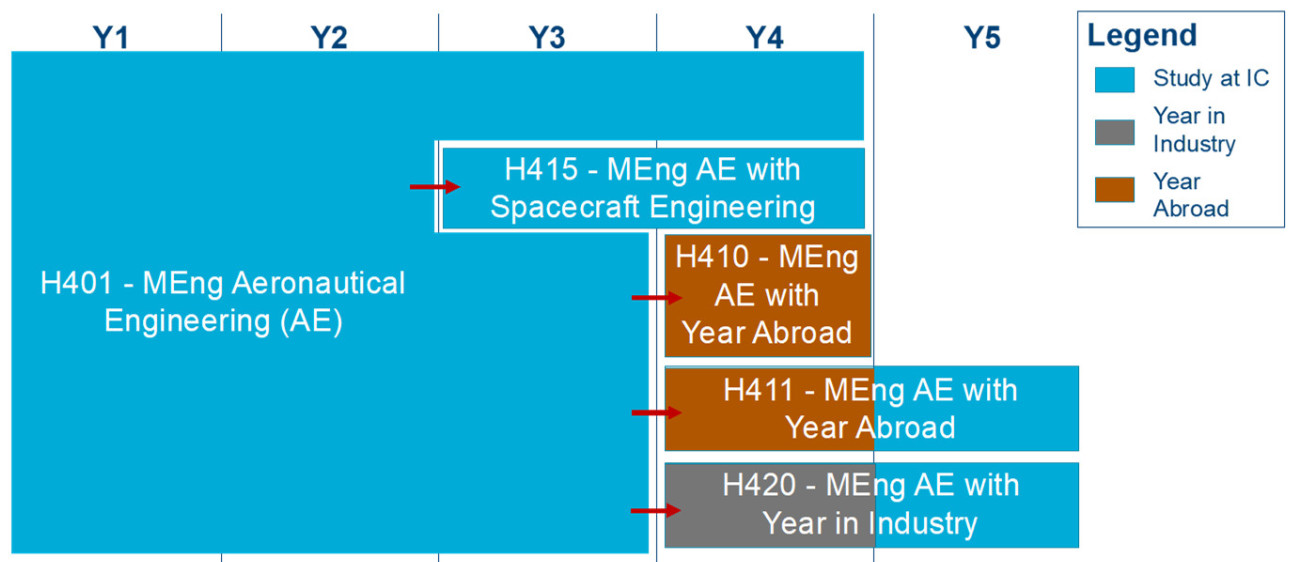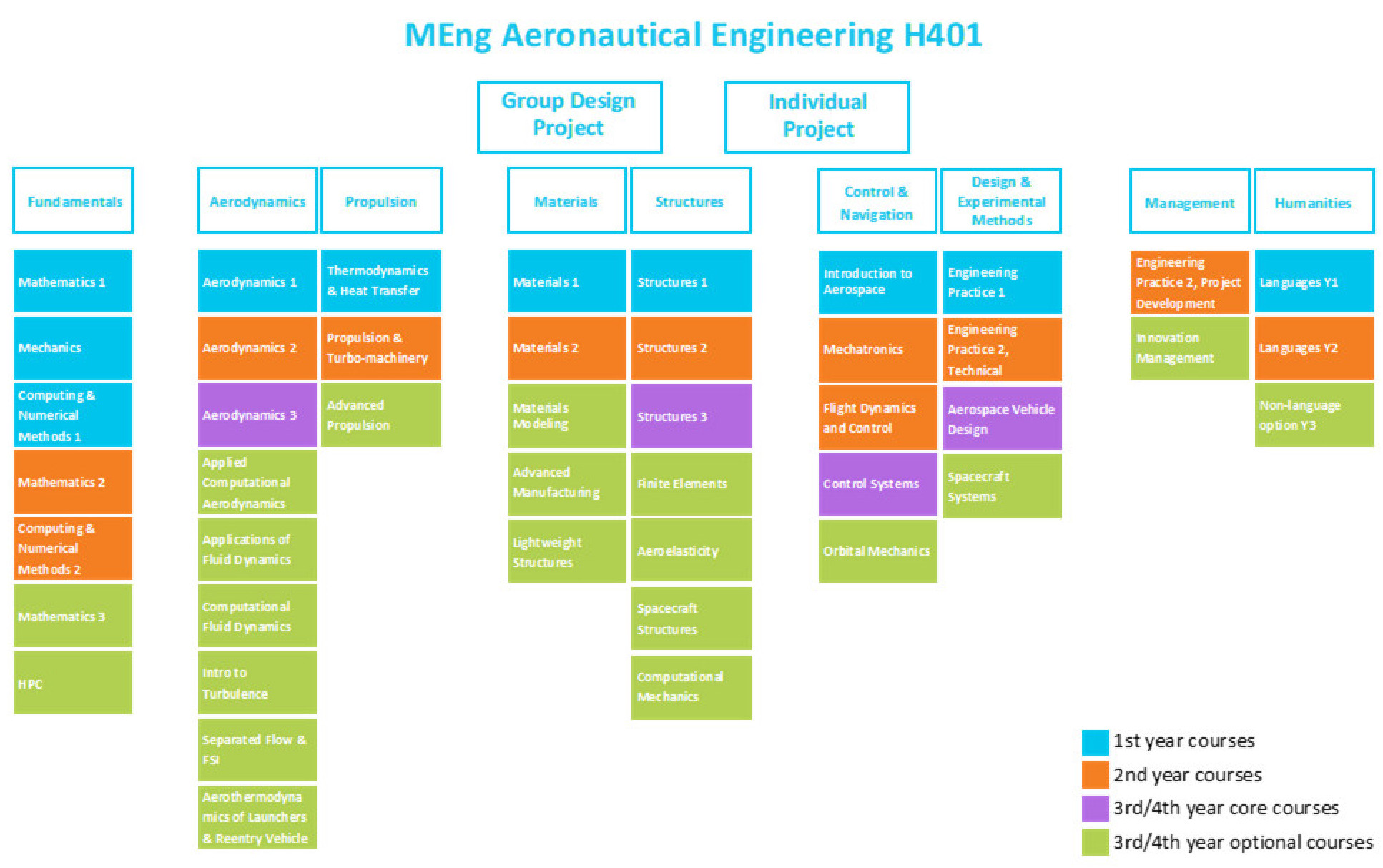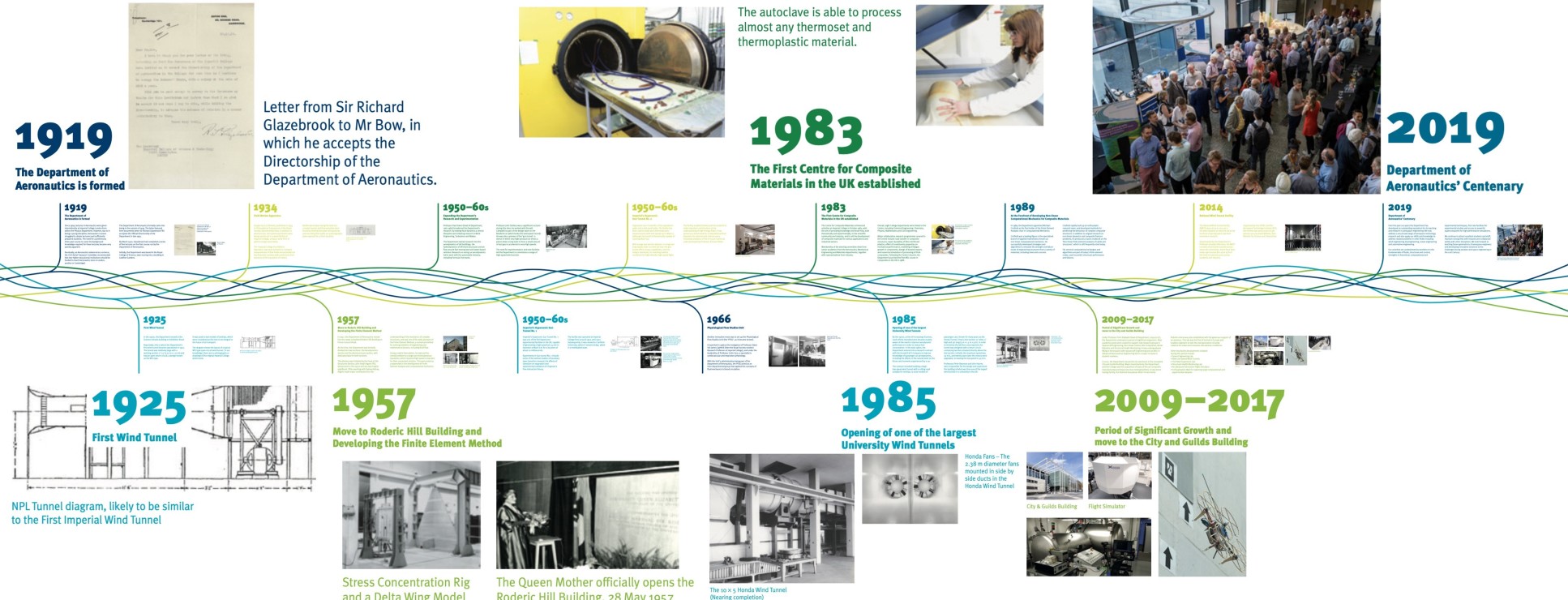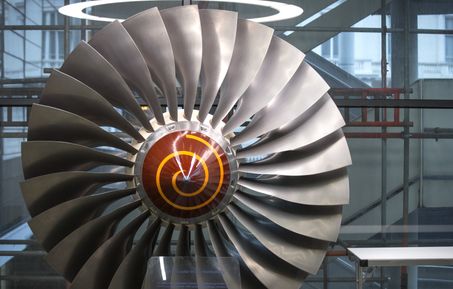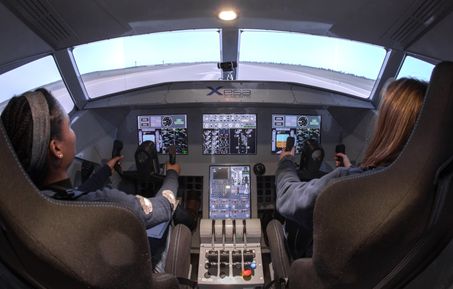Overview THIS NEEDS A PROPER TITLE
- What is Aeronautics?
- Why study Aeronautics?
- Courses Offered
- Available Modules
- Can students do research too?
- Our History - Centenary
Aeronautics is the study of the science of flight"
National Aeronautics and Space Administration (NASA)
The flight of a vehicle through the Earth's atmosphere involves exerting a force, to counter gravity, such that the vehicle appears to magically float unsupported in the sky. Assuming steady level flight of an aircraft, the engines propel the vehicle forward, forcing the air to flow around the wing; the wings, in turn, generate a lift force that opposes gravity. The investigation of all the forces involved in this process is the study of the science of flight.
The terms Aeronautics and Aerospace can be used interchangeably. However, Aeronautics is occasionally used to only specify applications within the Earth's atmosphere. Sometimes, Aerospace is used to encompass both Aeronautics and Astronautics (beyond Earth's atmosphere - space applications). Due to our 100 year history, the slightly antiquated term of Aeronautics is used to encompass applications within and beyond the Earth's atmosphere.

The field of Aeronautics can be further broken down into 5 categories - fluid dynamics; structural dynamics; materials; propulsion; and controls.
A fluid - such as air or water - that moves from one point to another can be obstructed by an object. This results in a force being exerted on the object. Therefore, fluid dynamics involves understanding the forces generated by the interaction of the surrounding fluid and the object. The application of this ranges from the design of aircraft wings to the design of cardiac stents to treat a heart attack.
The forces exerted on an object are borne by its structure. Examples of load-bearing structures are buildings, bridges and skeletons. Consider the can of a carbonated drink, the structure needs to withstand: 1) the outward pressure exerted by gas, 2) the weight of the liquid, and 3) the weight of cans stacked above it. To ensure the can does not fail, the internal forces of structures need to be analysed and a suitable material should be selected. Materials selection requires understanding the requirements of the application. In this example, the material needs to be light, cheap, not interact with the liquid and withstand the structural forces. Material science informs what will be suitable based on the requirements.
The propulsion system of the vehicle dictates the amount of thrust available to move it. For example, the thrust required by a fighter aircraft will be different from a commercial aircraft. Finally, the controls of the vehicle brings together the prior aspects. It ensures the vehicle is able to move in a safe regulated manner from its source to its destination.
Aeronautical Engineering involves studying the interdependence of fluid dynamics, structural dynamics, materials, propulsion and control to design a system capable of fulfilling its purpose.
The breadth of the field is illustrated by the range of research carried out by the Department.

